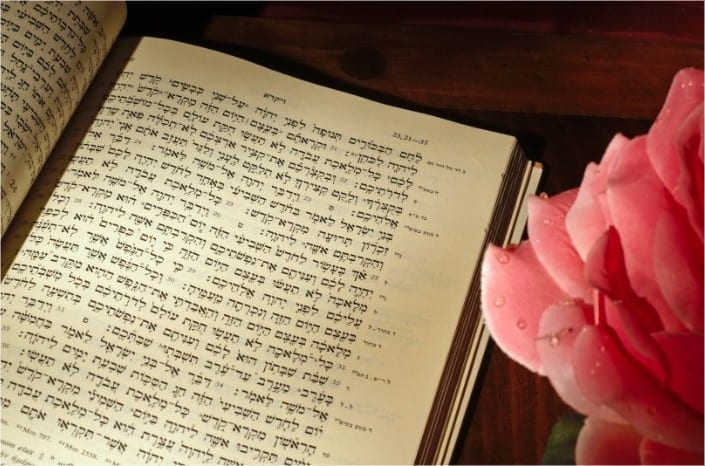1. R. Elimelech Lizhansk was born in 5477 (1717) in the village of Lofohi, Poland (near Tiktin) to his father Rabbi Eliezer Lipa Weissblum.
2. His brother, Rabbi Zushe of Anipoli, was attracted to Chasidic teachings and went to study Chassidut with Rabbi Dov Ber, the Maggid [Teacher] of Mezrich.
3. He lived a life of asceticism, and, together with his brother, R. Zushe, went on “exiles” throughout Europe. (They were called the “Holy Brothers.”)
4. When the Maggid died in 1793, Rabbi Elimelech undertook, together with Rabbi Yechiel Michel of Zlotshov, to introduce Chasidism to Galicia. At first he settled in Shinova but due to a controversy that broke out in the town, he moved to the town of Lizhansk.
5. Rabbi Elimelech planned to make aliya to Israel, but didn’t succeed.
6. He died on 21Adar 5547 (1787), and was buried in Lizhansk. Until today, masses come to visit his grave.
7. There is a legend which relates that during the Holocaust, the Nazis smashed the stone over his grave and wanted to remove him from his tomb, but when they saw his body was whole, they were frightened and refrained from touching him. The tomb was renovated in 1960.
8. His most famous book was “Noam Elimelech” on the Torah. The book is considered one of the cornerstones of Chassidut.
9. Other, less known books, by Rabbi Elimelech, include “Aderet Hakodesh” and “Tzetl Katan“.
10. His work “Prayer Before Praying” was published and inserted in some weekday prayerbooks. A sentence taken from this prayer was made into a popular song “Adaraba” whose meaning in English is: “To the contrary, put in our hearts to see the virtue of our fellow man and not his shortcomings. Help us each speak about our fellow men in a way that is straight and acceptable to You. May no hatred to our fellow man enter our hearts, G-d forbid, and strengthen us to love You, so that You have only nachas [satisfaction] from us.”





